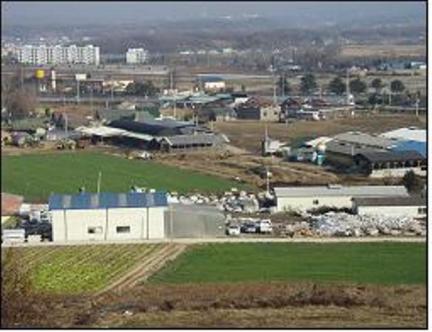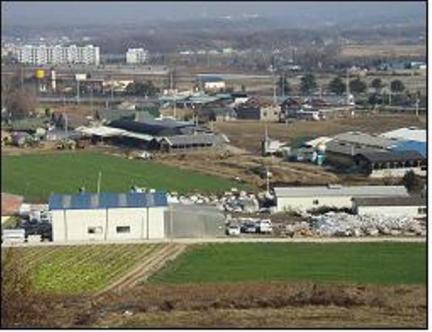국가유산 종목별 검색
경기도 기념물
포천 자작리 유적지Historic Site of Jajak-ri, Pocheon
| 분 류 | 유적건조물 / 정치국방 / 성 / 성지 |
|---|---|
| 수량/면적 | 1동 |
| 지정(등록)일 | 2008.08.27 |
| 소 재 지 | 포천시 자작동 251-2 |
| 시 대 | 한성 백제시대 |
| 소유자(소유단체) | 국가/지자체/개인 |
| 관리자(관리단체) | 포천시 |


경기도 기념물
포천 자작리 유적지Historic Site of Jajak-ri, Pocheon
| 분 류 | 유적건조물 / 정치국방 / 성 / 성지 |
|---|---|
| 수량/면적 | 1동 |
| 지정(등록)일 | 2008.08.27 |
| 소 재 지 | 포천시 자작동 251-2 |
| 시 대 | 한성 백제시대 |
| 소유자(소유단체) | 국가/지자체/개인 |
| 관리자(관리단체) | 포천시 |

ⓒ 2000. CULTURAL HERITAGE ADMINISTRATION. ALL RIGHTS RESERVED.



 문화유산
문화유산


